
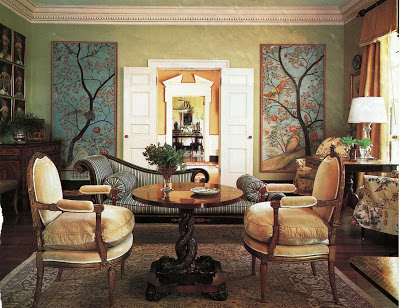
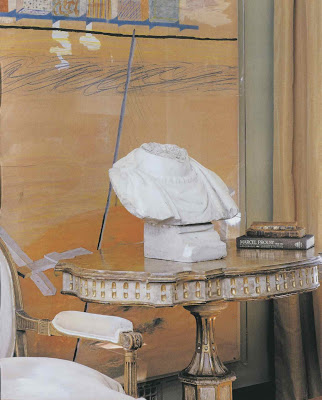




Breaking down “The Money Room”
When Mrs. Blandings asked for my thoughts on which rooms will be tomorrow’s “Garden in Hell” or “Money Room” and which young(er) decorators will be tomorrow’s Billy Baldwin, my brain started whirling in overtime.
I started thinking about these iconic rooms and what they all had in common:
1. the owner is generally a style-setter herself (Pauline de R, Diana Vreeland, Babe Paley)
2. and has the big bucks for a room done to the nth
3. which means the designer is usually someone already established and already has a track record
4. and lastly, don’t discount the importance of the photographer. If Derry Moore shoots your room, for example, you increase the odds of reaching icon status. Photographs that are atmospheric and evocative rather than the overlit, impersonal style often seen in Architectural Digest add tremendously to the overall effect.
So with these things in mind, here are a few selections which I believe have a good shot of being tomorrow’s touchstones:
Annette de La Renta’s Bedroom in Connecticut
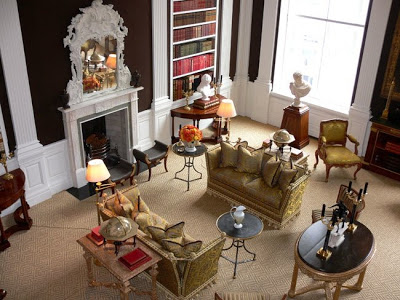
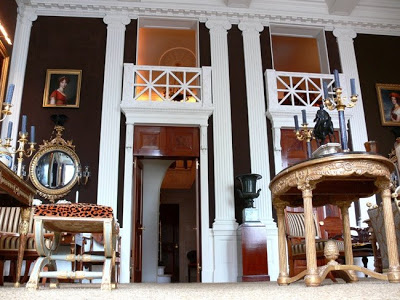
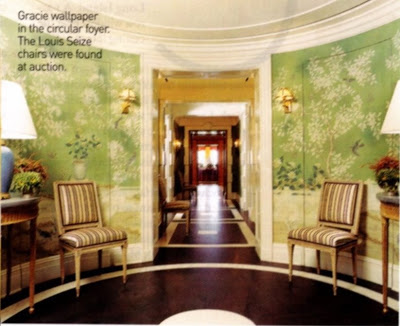 And if I had to nominate a few additional names that we’ll be talking about in 2049, I would cast my vote for Miles Redd and Kelly Wearstler.
And if I had to nominate a few additional names that we’ll be talking about in 2049, I would cast my vote for Miles Redd and Kelly Wearstler. For more information on Emily, do check Ronda Carman’s profile here. And, as we seem to be awash in a sea of Redd, check back to see why he thinks his rooms “have legs” and which designers inspire his work.
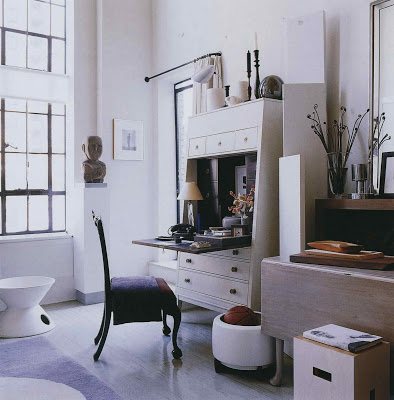
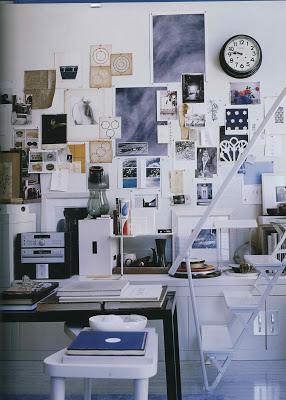
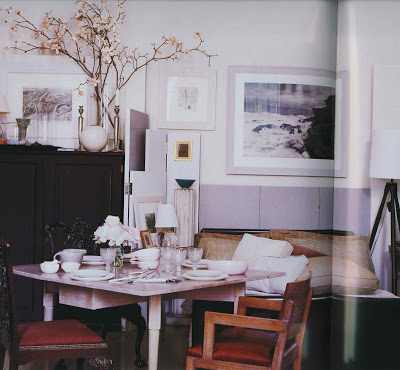
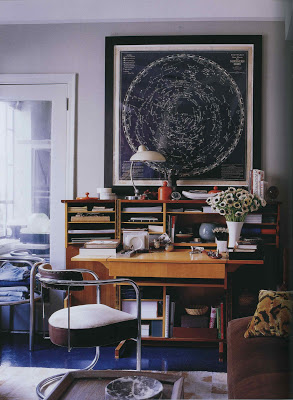
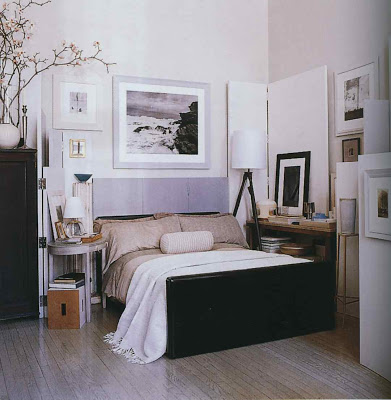
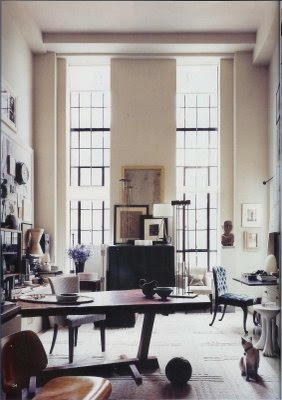
But he’s no slave to change, either. In fact, like the Noailles’ place in Paris, this is a home designed for the long haul. In fact, O’Brien long ago announced that he’ll never move again, which, in an industry based on the assumption (and desirability) of constant change, is not only rare, it’s almost revolutionary.
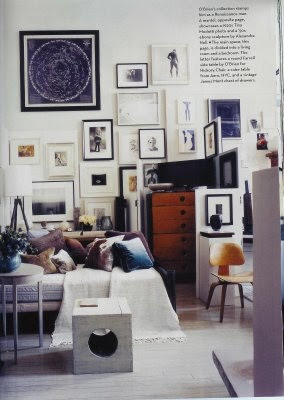
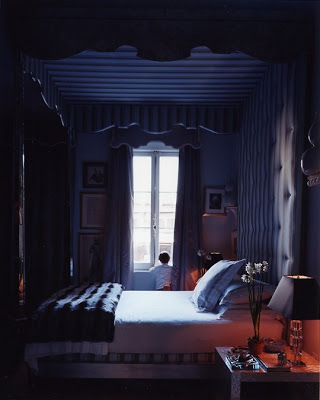
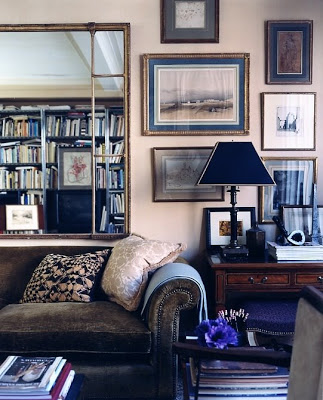
People now are too transitory and conformist, and readily influenced by the culture of the mass market.
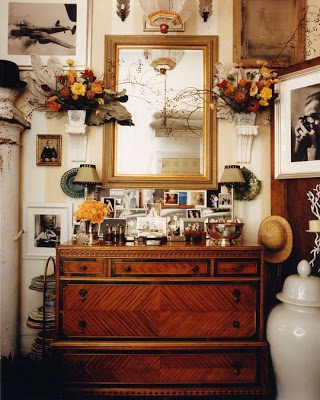
However, if one had to choose a legendary decorator I would choose Miles Redd. Given the right clients, he will be his generation’s equivalent of Parish Hadley.”